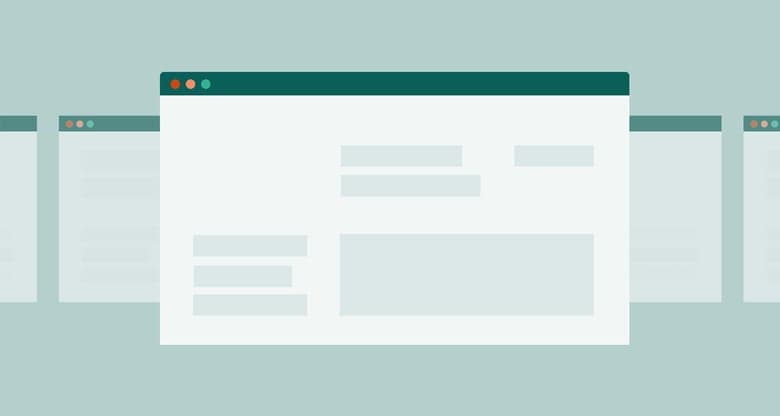What are accessible names?
Accessibility in web development ensures that all users, including those with disabilities, can effectively interact with and understand web content. One critical aspect of web accessibility is the use of accessible names. Accessible names are labels or identifiers that assistive technologies, like screen readers, use to convey the purpose and function of various elements on a webpage. Properly implementing accessible names can significantly enhance the usability of a website for people with disabilities.
Elements Frequently Affected by Accessible Names
-
Buttons and Links:
- Role: Buttons and links are essential for navigation and actions on a webpage.
- Need: Their function needs to be clear to users. For instance, a button labeled "Submit Form" is more informative than one labeled simply "Submit".
- Best Practices: Use descriptive text that accurately conveys the action. For buttons, use the
aria-labeloraria-labelledbyattributes if the visible text is insufficient. For links, ensure the anchor text itself is descriptive.
-
Form Fields:
- Role: Form fields collect user input.
- Need: Each input field, select box, and textarea needs an associated label to describe its purpose.
- Best Practices: Use the
<label>element with theforattribute to associate labels with their corresponding input elements. Alternatively, thearia-labeloraria-labelledbyattributes can be used for inputs that do not have visible labels.
-
iframing:
- Role: iframes embed external content within a webpage.
- Need: They require titles to describe their content, aiding screen reader users in understanding the iframe’s purpose.
- Best Practices: Always include a descriptive
titleattribute for iframes, explaining what the embedded content is.
-
Progress and Meters:
- Role: These elements indicate the completion status of a task or the value within a range.
- Need: Users need to know how much of a process has completed or what value is represented.
- Best Practices: Use the
aria-valuenow,aria-valuemin, andaria-valuemaxattributes to convey the current state of progress or the value. For example, "Loading 60% Complete" gives a clear indication of progress.
-
Tooltips:
- Role: Tooltips provide additional information when an element is hovered over or focused on.
- Need: The information contained in tooltips must be accessible to screen readers.
- Best Practices: Ensure that tooltips are keyboard accessible and use the
aria-describedbyattribute to connect the tooltip to the element it describes. This way, screen readers can convey the tooltip content.
Implementing Accessible Names
Implementing accessible names involves understanding the semantic meaning of HTML elements and using ARIA (Accessible Rich Internet Applications) attributes when necessary. Here’s a brief overview of how to implement accessible names for the mentioned elements:
-
Buttons and Links: Always use clear, descriptive text. Supplement with
aria-labelif the text alone isn’t sufficient.<button aria-label="Submit Form">Submit</button> <a href="submit.html" aria-label="Submit Form">Submit</a> -
Form Fields: Use
<label>tags appropriately.<label for="email">Email Address</label> <input type="email" id="email" name="email"> -
iframing: Provide a meaningful
titleattribute.<iframe src="content.html" title="Video Tutorial on Accessible Names"></iframe> -
Progress and Meters: Use ARIA attributes to indicate values.
<progress value="60" max="100" aria-valuenow="60" aria-valuemin="0" aria-valuemax="100">Loading 60% Complete</progress> -
Tooltips: Make them accessible with ARIA attributes.
<button aria-describedby="tooltip1">Info</button> <div role="tooltip" id="tooltip1">This button provides information.</div>
Conclusion
Creating accessible names is a fundamental part of developing inclusive web content. By ensuring that all interactive elements have clear, descriptive labels, we can make the web more navigable and user-friendly for everyone, including those who rely on assistive technologies. Integrating these practices into your web development process not only helps comply with accessibility standards but also enhances the overall user experience.



